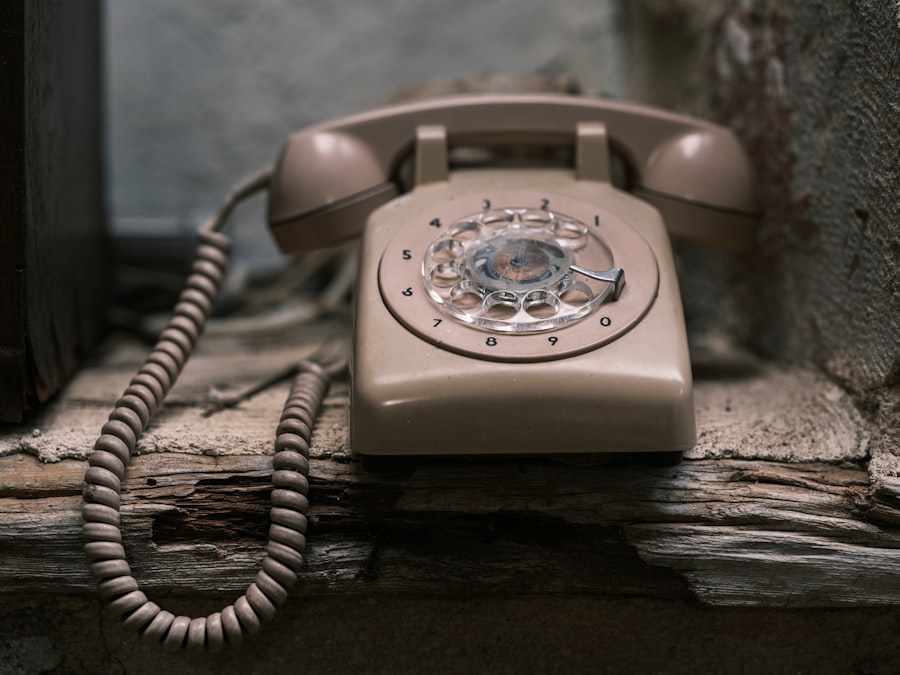In recent years, the landscape of sound design has undergone a remarkable transformation, largely due to the advent of artificial intelligence (AI) tools. These innovative technologies have revolutionized the way sound designers approach their craft, offering new possibilities that were once unimaginable. As you delve into the world of AI sound design tools, you will discover a plethora of applications that can streamline your workflow, enhance your creativity, and ultimately elevate your projects to new heights.
From generating unique soundscapes to automating tedious tasks, AI is reshaping the very foundation of sound design. As you explore these tools, you will find that they are not merely replacements for traditional methods but rather complementary assets that can enhance your existing skills. The integration of AI into sound design allows you to focus on the more artistic aspects of your work while leaving repetitive tasks to intelligent algorithms.
This shift not only saves time but also opens up new avenues for experimentation and innovation. By embracing AI sound design tools, you position yourself at the forefront of a rapidly evolving industry, ready to harness the power of technology to create captivating auditory experiences.
Key Takeaways
- AI sound design tools use machine learning algorithms to analyze and create audio content, revolutionizing the way sound is designed and produced.
- AI has the potential to significantly improve efficiency and accuracy in sound design, allowing for the creation of more complex and realistic audio experiences.
- AI tools can enhance creativity in sound design by providing new and innovative ways to manipulate and generate audio, inspiring new ideas and approaches.
- The impact of AI on the traditional process of sound design is significant, as it changes the role of the sound designer and introduces new workflows and techniques.
- Ethical considerations in using AI for sound design include issues of ownership, copyright, and the potential for AI to replace human creativity and expertise in the industry.
- The future of sound design with AI technology is promising, with continued advancements in AI tools and the potential for new and exciting audio experiences.
The potential of AI in sound design
The potential of AI in sound design is vast and multifaceted. One of the most exciting aspects is its ability to analyze and learn from vast datasets of audio samples. By leveraging machine learning algorithms, AI can identify patterns and generate sounds that mimic or even surpass traditional methods.
Imagine being able to create complex soundscapes or intricate musical compositions with just a few clicks, all thanks to the power of AI. This capability not only accelerates the creative process but also democratizes sound design, making it accessible to individuals who may not have extensive training or experience. Moreover, AI can assist in real-time sound manipulation, allowing you to experiment with various effects and parameters on the fly.
This dynamic interaction fosters a more intuitive creative process, enabling you to explore ideas without the constraints of traditional software limitations. As you engage with these AI tools, you will find that they can serve as both collaborators and sources of inspiration, pushing the boundaries of what is possible in sound design. The potential for innovation is limitless, and as you harness these capabilities, you will undoubtedly discover new ways to express your artistic vision.
How AI tools can enhance creativity in sound design

AI tools have the remarkable ability to enhance creativity in sound design by providing you with a wealth of resources and inspiration. One way this occurs is through generative algorithms that can produce unique sounds based on your input parameters. By experimenting with different settings, you can uncover unexpected sonic textures and timbres that may not have emerged through traditional methods.
This element of surprise can ignite your imagination and lead to innovative ideas that push your projects in exciting new directions. Additionally, AI can facilitate collaboration between artists by enabling seamless sharing and remixing of sounds. You can easily integrate AI-generated elements into your work, allowing for a fusion of styles and genres that enriches your compositions.
This collaborative aspect encourages a sense of community among sound designers, as you can draw from a collective pool of creativity and inspiration. By embracing AI tools, you not only enhance your own creative process but also contribute to a vibrant ecosystem where ideas flow freely and innovation thrives.
The impact of AI on the traditional process of sound design
The impact of AI on the traditional process of sound design is profound and far-reaching. As you incorporate AI tools into your workflow, you may notice a shift in how you approach various tasks. For instance, time-consuming processes such as sound selection and editing can be streamlined through automation, allowing you to focus on the more nuanced aspects of your work.
This efficiency can lead to increased productivity and a more satisfying creative experience overall. However, this shift also raises questions about the role of human intuition and artistry in sound design. While AI can generate impressive results, it lacks the emotional depth and contextual understanding that you bring to your work.
As you navigate this evolving landscape, it is essential to strike a balance between leveraging AI’s capabilities and maintaining your unique artistic voice. By doing so, you can ensure that your work remains authentic and resonates with audiences on a deeper level.
Ethical considerations in using AI for sound design
As with any technological advancement, the use of AI in sound design comes with ethical considerations that warrant careful examination. One significant concern is the potential for copyright infringement when using AI-generated sounds or samples. As you explore these tools, it is crucial to understand the legal implications surrounding ownership and usage rights.
Ensuring that you respect intellectual property laws not only protects your work but also fosters a culture of integrity within the industry. Another ethical consideration involves the potential for bias in AI algorithms. If the datasets used to train these systems are not diverse or representative, the resulting sounds may perpetuate stereotypes or exclude certain cultural influences.
As a responsible sound designer, it is essential to be aware of these biases and actively seek out diverse sources of inspiration. By doing so, you contribute to a more inclusive and equitable sound design landscape that reflects the richness of human experience.
The future of sound design with AI technology

Looking ahead, the future of sound design with AI technology appears bright and full of possibilities. As advancements continue to unfold, you can expect even more sophisticated tools that will further enhance your creative capabilities. Imagine AI systems that not only generate sounds but also understand context and emotion, allowing for more nuanced compositions that resonate deeply with audiences.
This evolution could lead to entirely new genres and styles emerging from the intersection of human creativity and machine intelligence. Moreover, as AI becomes more integrated into the sound design process, collaboration between artists and technologists will likely become increasingly common. You may find yourself working alongside AI systems as co-creators, exploring uncharted territories in sound design together.
This partnership has the potential to redefine what it means to be a sound designer in the 21st century, as you embrace technology as an ally rather than a competitor. In conclusion, the integration of AI into sound design presents both exciting opportunities and challenges. By understanding its potential, enhancing your creativity through innovative tools, navigating ethical considerations, and embracing the future with an open mind, you position yourself at the forefront of this dynamic field.
As you continue to explore the intersection of art and technology, remember that your unique voice remains invaluable in shaping the future of sound design. Embrace these changes with enthusiasm and curiosity, for they hold the key to unlocking new realms of auditory expression.



